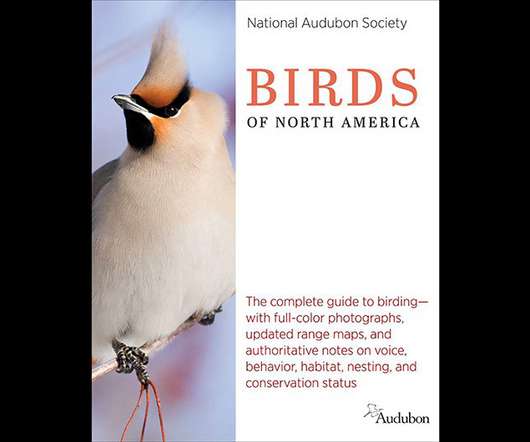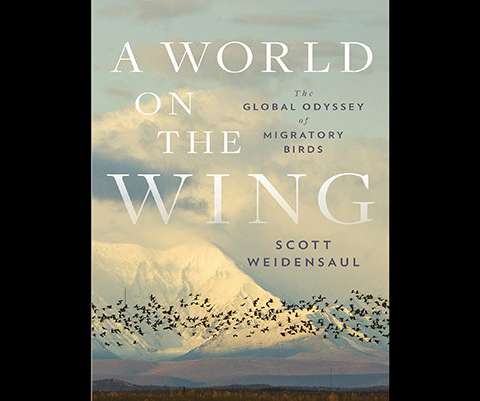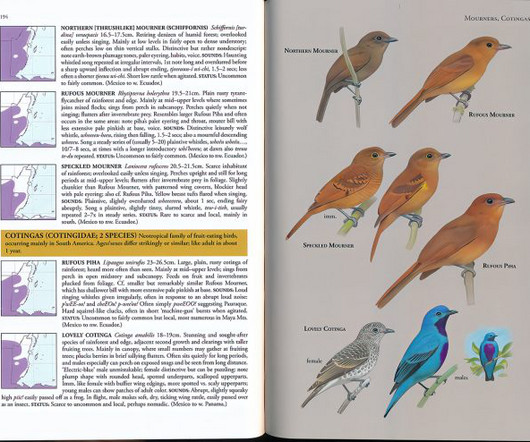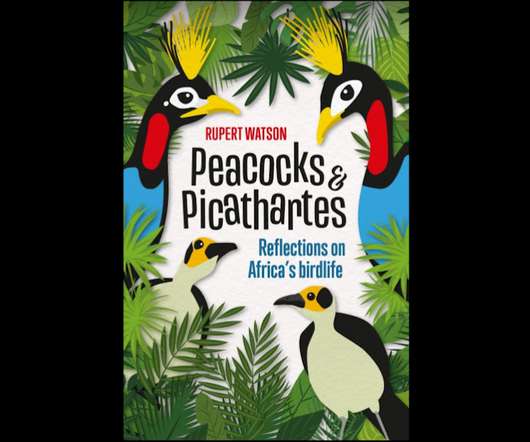National Audubon Society Birds of North America: A Guide Review
10,000 Birds
JUNE 1, 2021
The new series was masterminded by Chanticleer founder Paul Steiner, who was lauded on his death 19 years later for his “brilliant idea of creating bird guides with photographs” and organizing them visually. And now we have the third iteration in Audubon’s guide book history: National Audubon Society Birds of North America.























Let's personalize your content